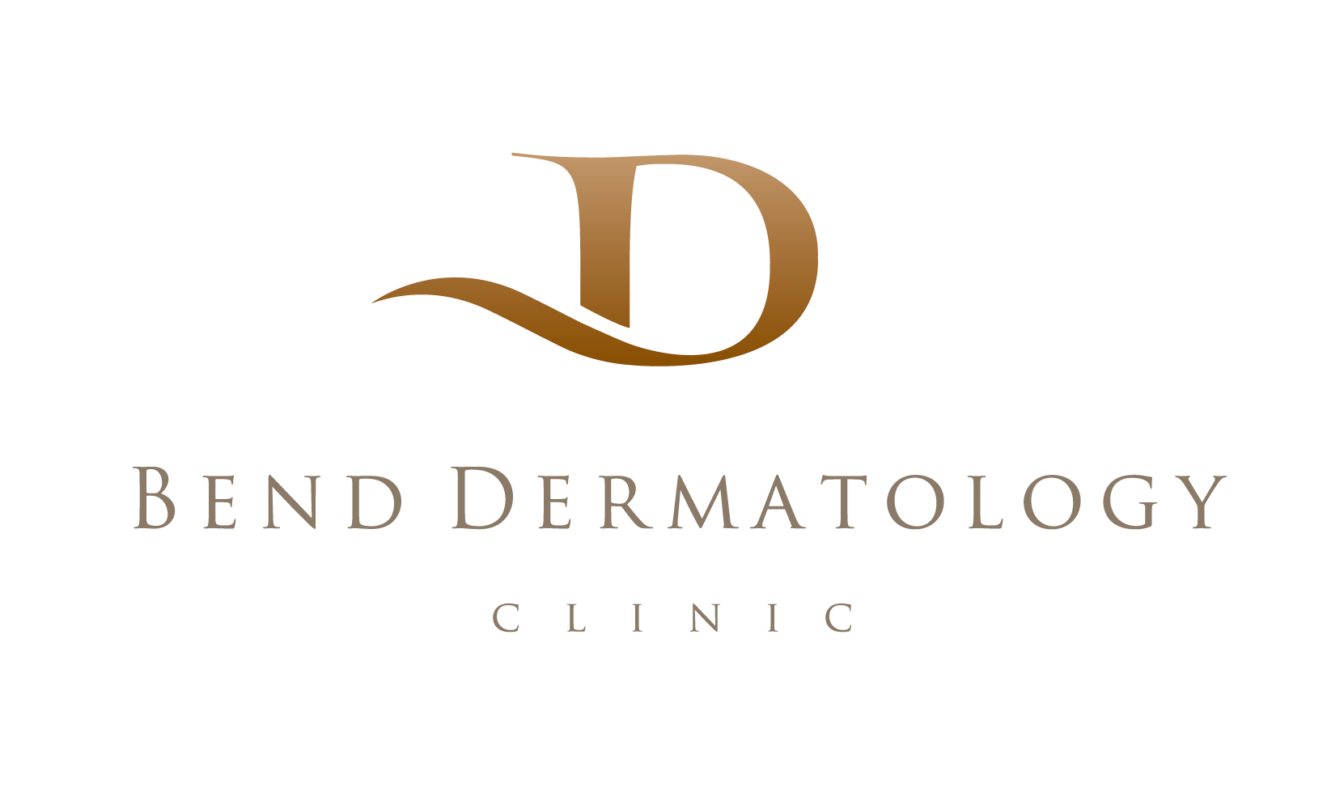Bend Dermatology Clinic specializes in the diagnosis and treatment of a wide array of skin conditions, diseases, and cancers.
Our team of Board-Certified Dermatologists, Fellowship-Trained Mohs Surgeon, Certified Physician Assistants, Licensed Aestheticians, and caring staff understand the concern often caused by skin-related ailments, and we are well-known in the area for a personalized level of full-service dermatological care that always puts your health and comfort first.
Because an accurate and timely diagnosis of any skin condition is vital for successful treatment, our Doctors take time to talk with you and ensure you understand all the details by answering your questions and addressing your concerns. We’re caring medical experts dedicated to the life of your skin.
Find a location near you throughout Central Oregon to make an appointment.
Some Skin Conditions We Treat at Bend Dermatology Clinic
We help patients with their medical dermatology needs including:

Acne
One of the most common skin conditions reported in the U.S., acne impacts people of all ages, genders, ethnicities, and skin tones. There are various acne treatments and skin care products available and our experienced Skin Care Providers will help you customize a solution for your acne. Read more about acne and acne treatments here.
Learn More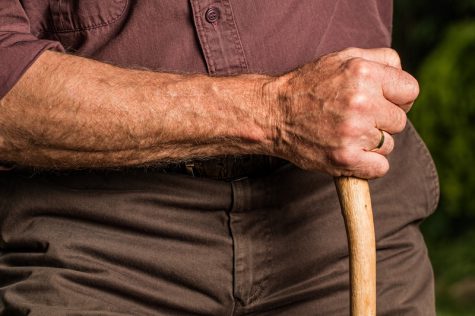
Actinic Keratosis
Actinic keratosis (AK) is a dry, scaly patch that forms on the skin resulting from years of sun exposure. AK lesions can take a variety of appearances, but they are typically scaly (with a sandpaper-like feel) and range in color from skin-toned to reddish-brown. Learn more about AKs and AK treatments here.
Learn More
Aging Skin
Collagen and elastin production decreases as you age, which leads to aging skin. This means the skin loses its shape and starts to sag. Bend Dermatology Clinic can help you treat aging skin. Read more about aging skin and what you can do for it here.
Learn More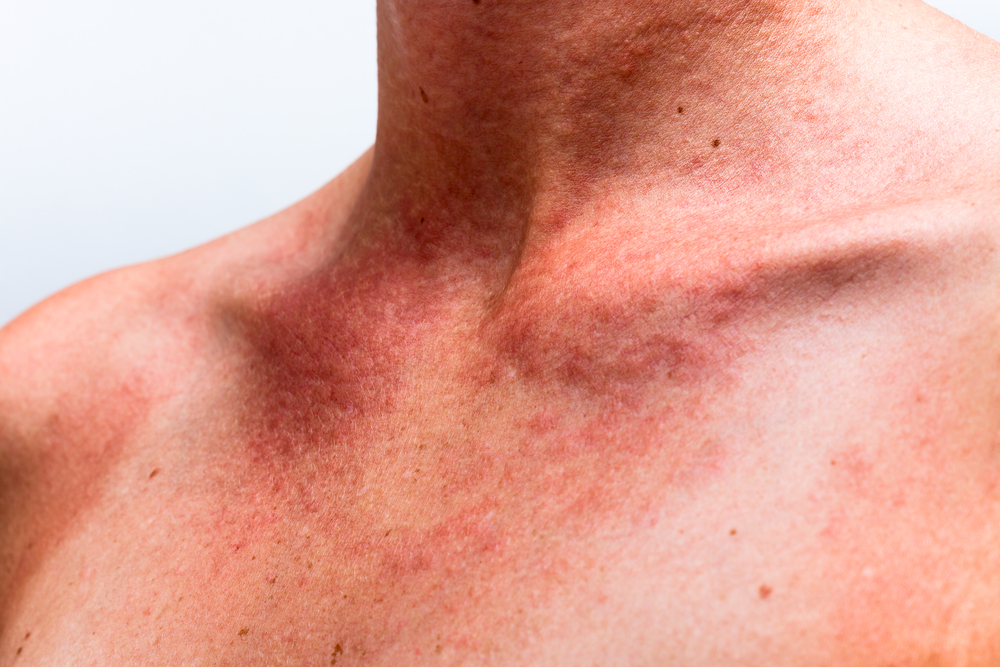
Allergic Skin Reactions
Allergic skin reactions can come across as red, bumpy, and/or itchy skin. Skin allergies can be irritating, painful and even embarrassing. Exposure to different allergens or irritants, such as fragrances, preservatives, poison ivy, various medications, or food, can cause rashes. Learn more about allergic skin reactions and allergy testing here.
Learn More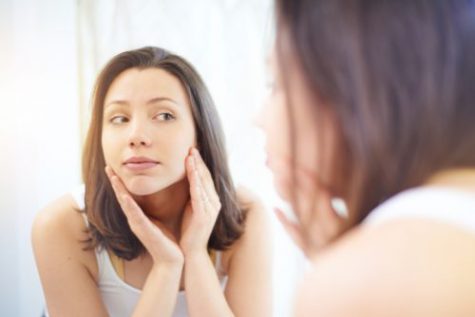
Angiomas
Angiomas are benign growths made up of small blood vessels. They can appear anywhere on the body. The three most common types are spider angiomas, angiokeratomas, and cherry angiomas. Learn more about angiomas and how to remove them here.
Learn More
Athlete’s Foot
This is a common skin infection of the feet caused by fungus. The most common symptoms are cracked, flaking, peeling skin between the toes along with redness and itching. Read more about Athlete’s foot treatment here.
Learn More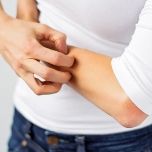
Eczema (Dermatitis)
Eczema (also known as dermatitis) describes some different types of inflamed, irritated skin. Acute dermatitis usually appears as a red rash which may be blistered or swollen. Read more about eczema here.
Learn More
Hair Loss
Hair loss (also known as alopecia) is commonly considered a men’s health topic, but also impacts many women. There are various ways to treat or stop hair loss, which Bend Dermatology Clinics Providers can discuss more with you at your next office visit. Read more about hair loss and hair loss treatment here.
Learn More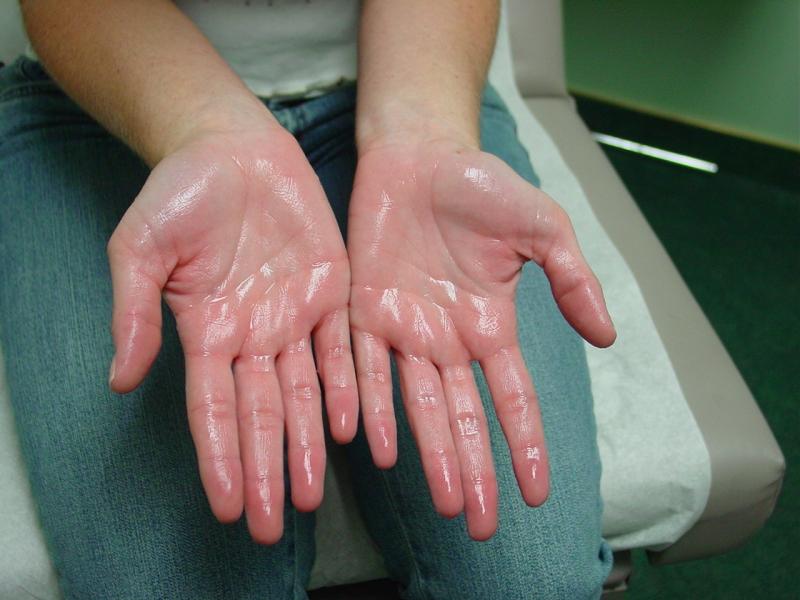
Hyperhidrosis
Hyperhidrosis is the scientific term for abnormally excessive sweating, which is not necessarily related to being overheated or exercising. If you experience it, you may sweat so much that it soaks through your clothes or drips off your hands or arms. Read more about hyperhidrosis and treatment options here.
Learn More
Keratosis Pilaris
Keratosis pilaris (KP) is when you have bumpy, dry skin caused by hair follicles becoming plugged by dry skin cells. It occurs in people of all ages and on various places on the body, but it is particularly common on the upper arms of teenagers and adults, and on the cheeks of infants. Learn more about KP and KP treatments here.
Learn More
Melanoma
Melanoma is known as the most dangerous form of skin cancer, so Bend Dermatology Clinic knows there are many questions throughout the various stages of dealing with it. Learn more about melanoma and melanoma treatment options here.
Learn More
Moles
Moles are very common with most people having between 10 and 40 on their body. Moles can be different colors such as pink, tan, brown or a color that is very close to the person’s normal skin tone. Read more about moles and mole removal here.
Learn More
Pigmentation Disorders
Vitiligo, melasma, and other skin discoloration result from the overproduction or underproduction of melanin, the pigment that gives skin its natural color. Learn more about these and how to treat them here.
Learn More
Psoriasis
Psoriasis is a skin disorder in which skin cells reproduce much faster than normal. It often is long-lasting and causes red, scaly patches on the limbs, scalp, and other parts of the body. Learn more about psoriasis and ways to treat it here.
Learn More
Rosacea
Rosacea is a chronic skin condition that causes facial redness and swelling. It can also affect the scalp, neck, and ears. One of the first symptoms you may notice from rosacea is a tendency to flush or blush easily. Learn more about it and how to treat or reduce the appearance of it here.
Learn More
Seborrheic Dermatitis
This is a very common, scaling rash that tends to occur in areas where the skin is oily. It commonly impacts areas including the scalp (dandruff), eyebrows, eyelids (blepharitis), ears, nasal folds, armpits, and groin. Read more about Seborrheic Dermatitis here.
Learn More
Scleroderma
Scleroderma is an autoimmune disorder that causes an abnormal growth of skin and other connective tissues. The term, derived from Greek, means “hard skin” and refers to the hard, tight skin that develops in many of those affected. Learn more about scleroderma here.
Learn More
Seborrheic Keratosis
Seborrheic keratosis is a dark skin growth that appears in adulthood. They may be large and grow quickly but are benign. These are not caused by sun damage so can be found on areas that are also usually covered by clothing. Learn more about Seborrheic keratosis here.
Learn More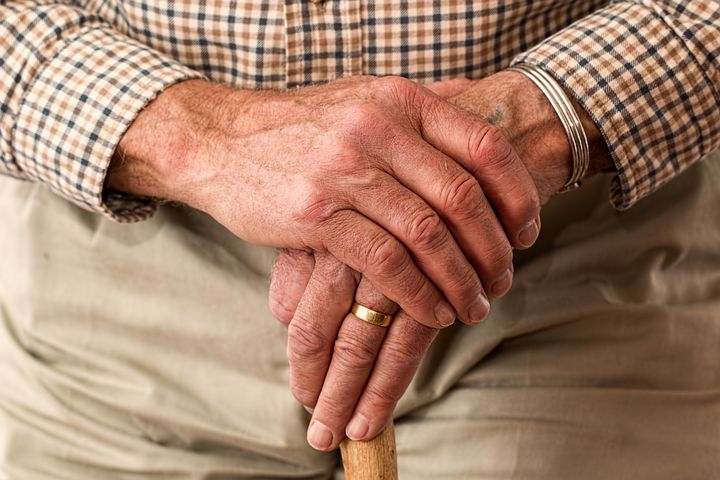
Skin Cancer
Skin cancer occurs when skin cells start growing abnormally and cause cancerous growths. Most skin cancers develop in sun-exposed areas such as the face, head, hands, arms, and legs. It is usually easy to detect by examining the skin, and early detection increases the chances of early treatment and survival. Click here to learn more.
Learn More
Solar Lentigos/Age Spots
These are known as age spots, sun spots, liver spots, or solar lentigines. They are small, flat, round spots on the skin that begin to appear later in life on sun-exposed areas. Read more about age spots here.
Learn More
Warts
Warts are growths on the skin caused by the human papillomavirus (HPV). They are very common, particularly in children. Warts can spread by direct contact to other parts of the body, or to other people. Learn more about warts and treating them here.
Learn More